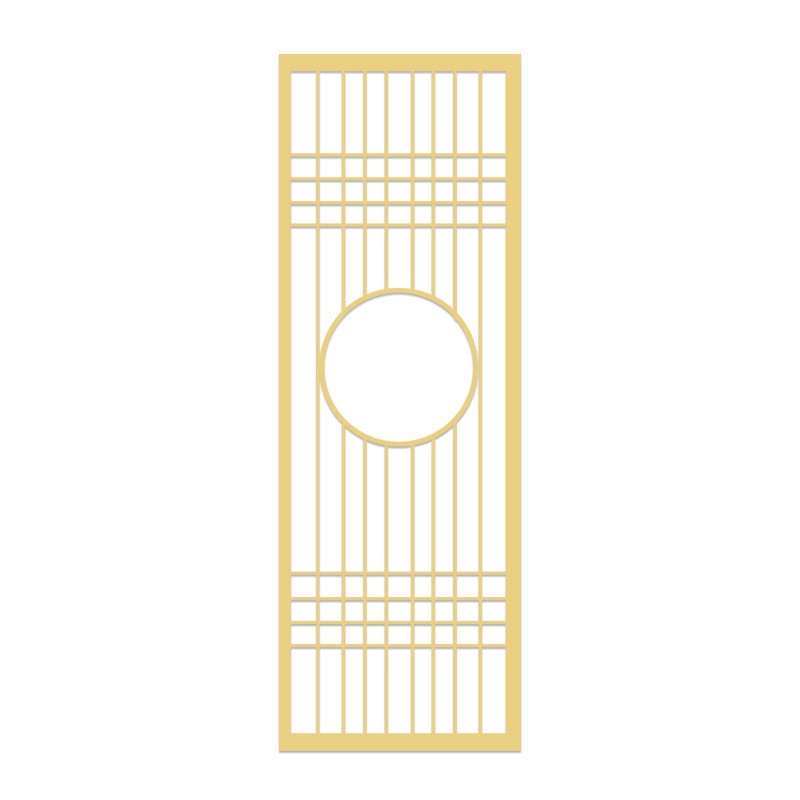Metal Decorative Outdoor Panels: 6 Must-Have Styles for Stunning Walls!

Why Your Exterior Walls Need a Facelift (And How Metal Panels Deliver)
Drab concrete walls dragging down your property’s appeal? You’re not alone. Traditional materials fade, crack, or lack visual punch. Metal decorative outdoor panels solve this by merging durability with jaw-dropping design. Unlike wood or vinyl, they withstand harsh weather while offering unique textures and patterns. Architects increasingly specify them for commercial facades and high-end homes. In fact, a 2024 Architectural Record survey noted a 27% YoY increase in metal cladding projects. Let’s explore six transformative styles.
Style 1: Laser-Cut Screens (Modern Elegance)
Imagine sunlight casting intricate patterns through geometric or floral designs. Laser-cut panels act as privacy screens or artistic focal points. We used Arabian-inspired patterns for a Dubai hotel courtyard – guests constantly snap photos! Opt for powder-coated aluminum for corrosion resistance. Architectural metal screens like these add depth without blocking light.
Style 2: Corten Steel (Rustic Industrial)
Love that warm, rusty patina? Corten steel develops a stable oxide layer, eliminating painting needs. It’s perfect for garden walls or accent features. Surprisingly low-maintenance, it thrives in rain or shine. Pair with greenery for a striking contrast.
Installation Guide: Getting It Right
- Measure & Plan: Calculate square footage and panel layout.
- Substrate Check: Ensure wall structure supports weight (steel panels are heavier!).
- Mounting System: Use corrosion-resistant brackets or z-clips.
- Panel Alignment: Start from bottom, check level every third row.
- Sealing Joints: Apply silicone sealant for weatherproofing.
Style 3: 3D Textured Panels (Dramatic Dimension)
Add sculptural depth with hammered, ribbed, or embossed finishes. These weather-resistant wall cladding options create shadow play that changes with daylight. An art museum in Seattle used staggered bronze panels to mimic ocean waves – stunning!
Material Comparison: Aluminum vs. Steel
| Feature | Aluminum Panels | Steel Panels |
|---|---|---|
| Weight | Lightweight (easier install) | Heavier (needs robust framing) |
| Corrosion Resistance | Excellent (naturally rust-proof) | Requires galvanization/coating |
| Cost | $$ (mid-range) | $ (basic) – $$$ (Corten) |
| Design Flexibility | High (easy to cut/bend) | Moderate |
Style 4: Patinated Copper (Living Art)
Copper evolves over time, shifting from shiny to verdigreen. It’s antimicrobial and recyclable. Though pricier, its lifespan exceeds 50 years. Perfect for statement walls or heritage projects.
⚠️ Common Mistake: Ignoring Thermal Expansion
Metal expands/contracts with temperature swings. Always leave expansion gaps per manufacturer specs. Forcing tight fits causes warping or popped fasteners!
Style 5: Perforated Panels (Functional Art)
These aren’t just pretty faces! Hole patterns reduce wind load and can hide utilities like vents or speakers. Perforated metal facade systems also aid in passive solar shading. A university project cut cooling costs by 15% using strategic perforation density.
Style 6: Integrated Lighting (Nighttime Magic)
Backlit panels create breathtaking evening displays. Use LED strips behind translucent resin or open designs. We tested low-voltage systems for a 2025 Miami pool deck – maintenance dropped 40% vs. traditional lighting!
Project Checklist: Before You Install
- ☑️ Confirmed local building codes for exterior cladding
- ☑️ Calculated thermal expansion gaps (min. 1/8″ per 10ft)
- ☑️ Chosen marine-grade fasteners for coastal areas
- ☑️ Ordered 10% extra material for waste/cuts
- ☑️ Scheduled post-installation sealant inspection









